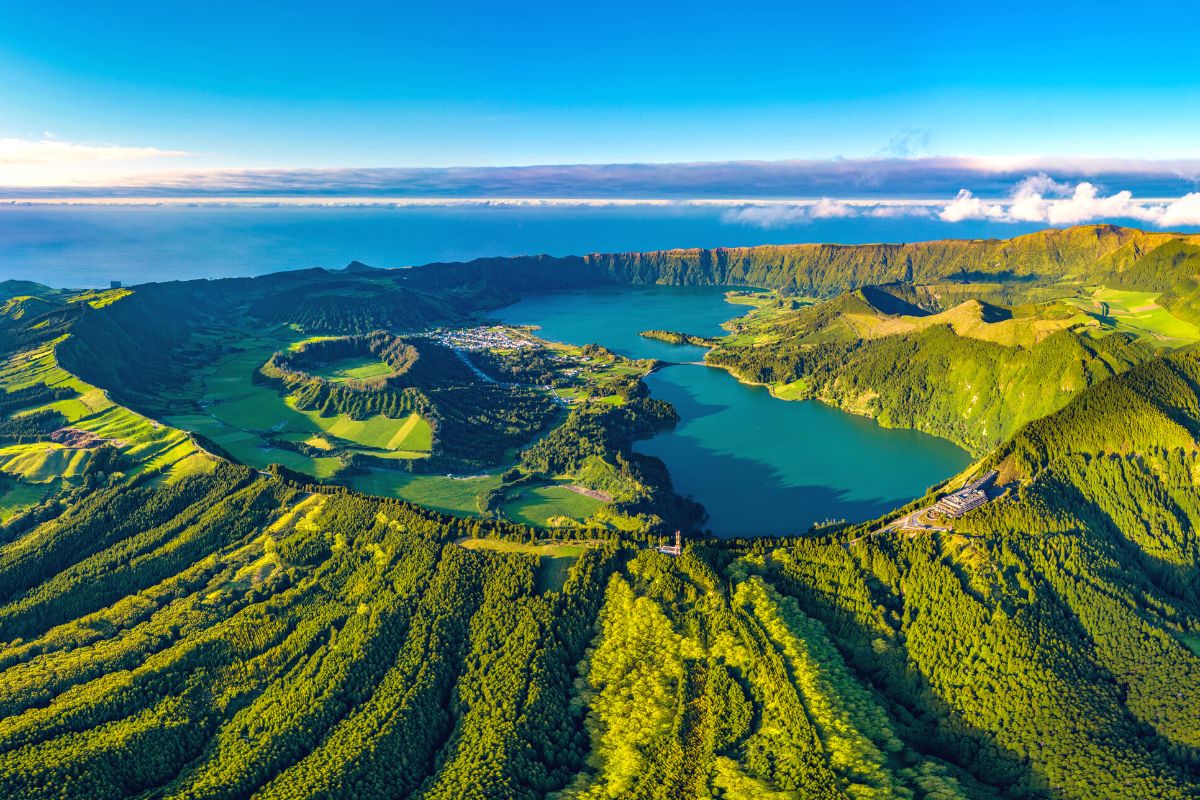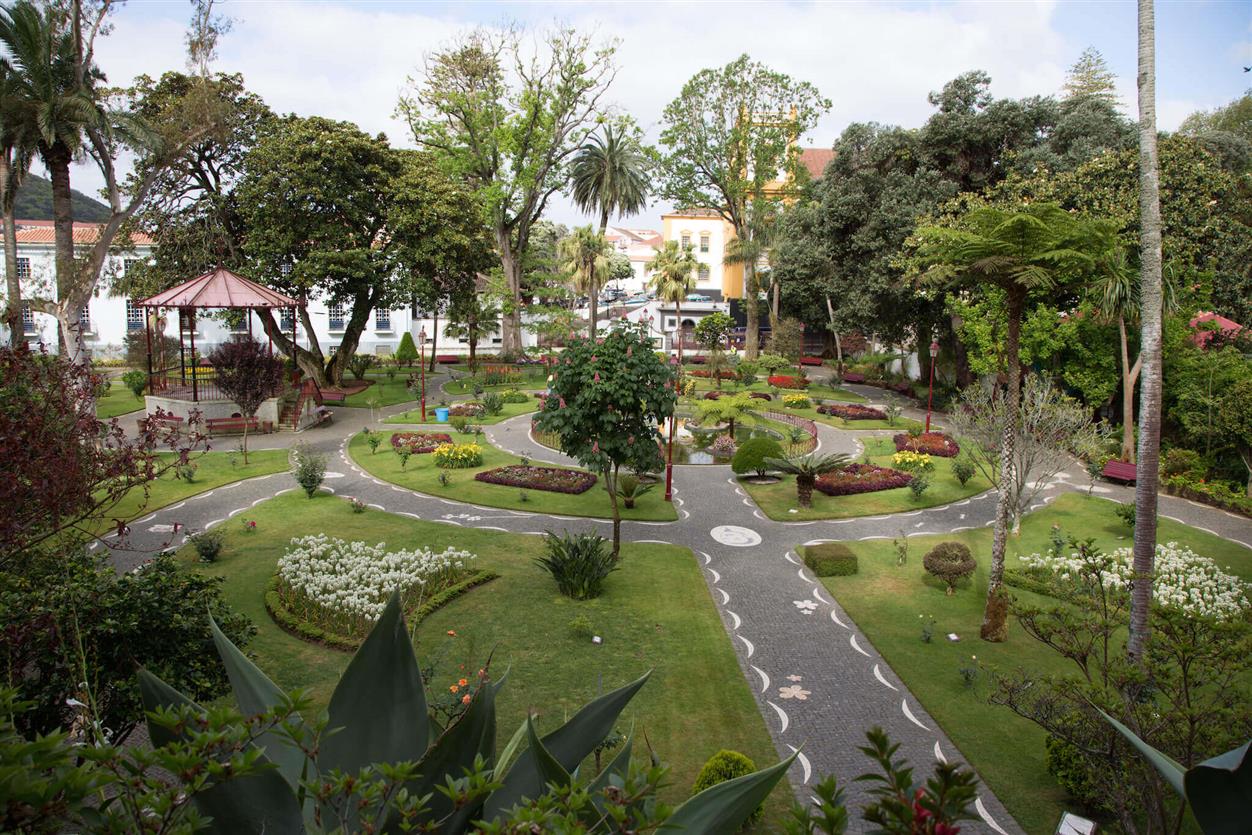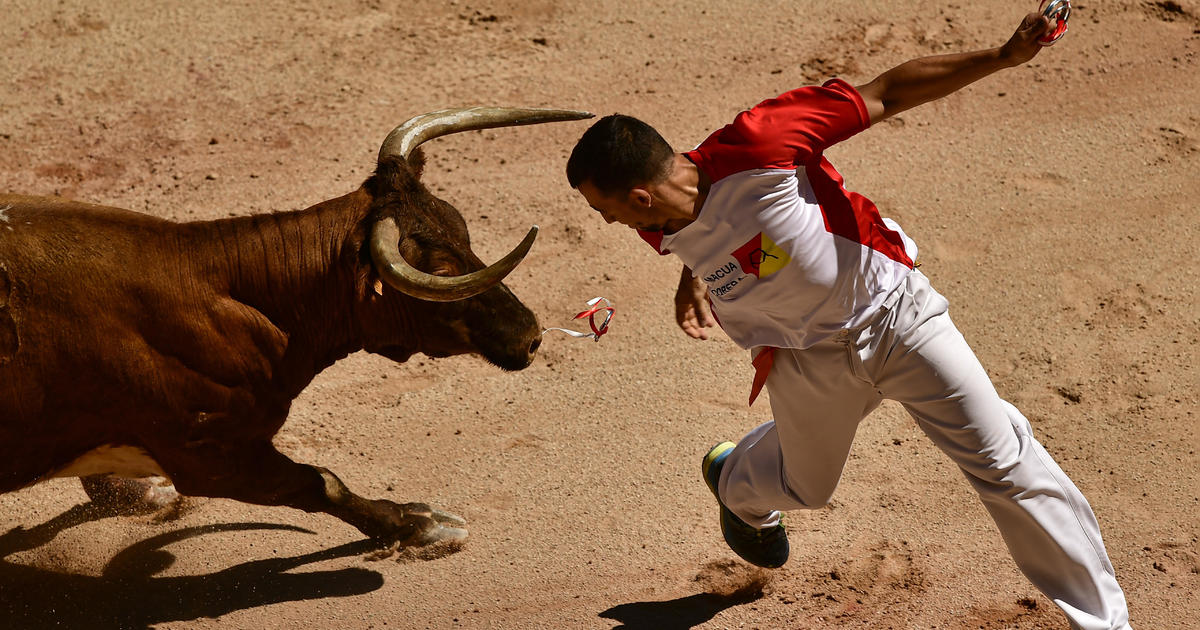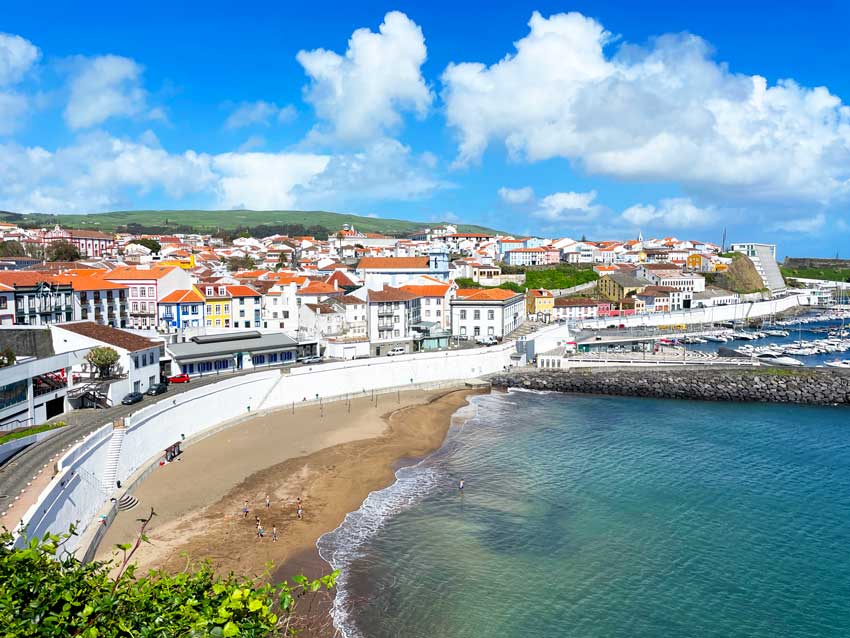Explore the beautiful and wild TERCEIRA Island in the Azores
Terceira, one of the Azores, is a great place to go treasure hunting in the Atlantic. You’ll find a culture that’s filled with old-world customs and traditions and beautiful landscapes and geological wonders recognized by UNESCO.
ABOUT THE AZORES
Nine large islands—So Miguel, Santa Maria, Graciosa, Terceira, So Jorge, Pico, Faial, Flores, and Corvo—make up the Azores, which were formed when volcanoes under the Atlantic erupted. So Miguel is the most populous island. It is also home to the largest airport in the area.
It only takes East Coast residents five hours to fly nonstop from Boston to So Miguel. Some people may want to see the rest of Portugal before venturing out to the Azores.

WHY WORK WITH ARCHIPELAGO CHOICE?
I decided to book my eight-night trip with Archipelago Choice because of the company’s excellent reputation.
For more than 25 years, Archipelago Choice has been the first choice for adventurous, tailor-made trips to the Azores for those who appreciate natural beauty and wish to discover one of the world’s most stunning archipelagos.
WHICH AZORES ISLAND TO VISIT?
It can be difficult to choose which of the Azores’ many islands to visit.After spending many days in Lisbon and Sintra, my trip to the Azores kicked out on the island of Terceira.
Terceira was the third of the nine Azorean islands to be found in 1427, and as such, it was given the honor of being the third largest.
However, it’s the second-most populous of the archipelago and has played a pivotal part in Portuguese and international history, hosting presidents, prime ministers, kings, and even a Pope.
VISITING THE AZORES’ CITY OF ANGRA
Angra do Heroismo (often known simply as Angra) is Terceira’s capital and the most popular lodging option for tourists. This city, now listed on the UNESCO World Heritage List, was once the administrative center of the Azores and home to the Bishop of the Azores.
This place was given its name because of its location and a courageous deed. As the name suggests, this vital spot in the midst of the Atlantic is located on a cove or harbor.
After its residents showed heroic resistance to the Spanish in 1829, Queen Maria II conferred the title “Herosmo” to the city.

VASCO DA GAMA IS MEMORIALIZED IN ANGRA
The colonial streets and colorfully painted buildings with wrought iron balconies that make up Angra’s historic core create a picture-perfect setting.
The city of Angra once held great significance, as seen by the many magnificent churches, monasteries, convents, and civic buildings that remain today.
A statue of the Portuguese explorer Vasco da Gama can be found on a cliff above the water. Vasco’s fleet followed a more southerly route on the way back from India so that they might take advantage of favorable winds and return to Lisbon.
However, his brother Paulo da Gama was very sick, so the ships sailed to the Azores and disembarked on the island of Terceira there. Paulo passed away and was laid to rest at Angra. It is reported that Vasco stayed on the island for a long time after his brother’s death.
MAJOR EARTHQUAKE HITS ANGRA
It’s hard to believe that a massive earthquake leveled much of this city only 43 years ago, on January 1, 1980.
The Azorean spirit prevailed, and rather than letting the tragedy define them, the inhabitants began rebuilding, taking great care to restore the majority of the town’s ancient structures.
VISIT THE AZORES’ SHIPWRECKS
As my husband and I strolled down the waterfront, our guide Tiago told us that the bay conceals many mysteries and provided a beautiful background for the city. It was a very unlucky spot for ships.
It is estimated that since the mid-1500s, approximately a hundred ships have gone down in these waters, the majority of which have yet to be located. Essentially an underwater archeological park, it demonstrates the city’s significance to transatlantic shipping.

PAY HOMAGE TO ROYALTY
The Duke of Terceira Garden is a beautiful landmark in Angra. This planted greenspace in the heart of town is a perfect area for a stroll thanks to the wide diversity of vegetation, which represents hundreds of species from around the world.
Visit the Outeiro da Memória, a monument built in 1846 to honor monarch Pedro IV, the fourth monarch of Portugal and the first king of Brazil, once you’ve finished strolling the lower areas of the garden. When the King first landed on the island, he trod on the stone that would become the foundation of his palace.
This obelisk, painted a bright mustard yellow, is formed like an inverted ice cream cone and has an Asian feel to the design.
Tiago speculated that this was due to the Asian culture reflected on ships traveling from Asia to the Portuguese peninsula via the Azores. The monument is perched on a hilltop, providing spectacular panoramas of the surrounding area.
EXPLORE MT. BRASIL’S STALWART BASTION
The Castelo de So Joo Baptista is another famous landmark in Angra; it may be found at the base of Mount Brasil. This fortress, built in the 16th century, is the largest of its sort ever erected outside of Spain.
Since Mount Brasil’s volcanic activity ceased long ago, the surrounding area has been preserved as a natural park with miles of hiking routes. It, too, boasts breathtaking scenery.
VISITING THE AZORES’ VOLCANOES
It was a lot of fun to go island hopping with Tiago. Terceira is a volcanic island with a lot of natural attractions. It is home to Algar do Carvo, one of the few accessible volcanoes in the world.
Stalactites and stalagmites, deep tunnels, and lumps of basalt dumped by lava as it flowed through the caves are all visible as you enter this magnificent creation.
A vast, cavernous room with a dome roof is fittingly called a “Cathedral.” Because of its unique design, it is sometimes used as a concert venue.
DISCOVER VOLCANIC FORMS IN THE BLACK MYSTERIES
The “Black Mysteries” also features a volcanic setting. The volcano’s lava flowed out here. Since ancient peoples were unable to define these streams, they were simply referred to by this term.
A half-day trip through the forest and around the volcanic domes is possible here. In addition, the Azores are snake-free, so there’s no need to be on the lookout for them. Excellent news!
THIS IS “MOO” TERRITORY!
Cows, though, are ubiquitous on Terciera island. Consider that the population of Terceira is approximately 56,000 and that there are twice as many cows as people.
Azoreans have always had a strong connection to cattle, dating back to the 1400s, when the Portuguese discovered the islands and decided to settle them.
Initially, they left some livestock to see if they could survive in the rocky terrain. When they returned a few years later, they saw the cows thriving – a good sign this was a habitable place.
It comes as no surprise to learn that milk is the major export of the Azores. Dairy cows are milked twice a day and farmers are strict about the quality of milk and how these animals are fed.
Tests are done randomly on all milk because the island has a reputation to uphold. Along with the milk comes the cheese, typically in a semi-hard form, possessing a creamy texture and sharp flavor.
THESE COWS HAVE QUITE THE LIFE
The Ramo Grande breed of cows, now legally protected because of its rarity, is among those you’ll see. The locals give them the nickname “happy cows” because all they do is graze and relax on the property.
The government subsidizes farmers who preserve these animals in order to ensure the survival of the breed for historical preservation purposes. They appear to be very happy with their life, which is not unexpected.
We asked around and found out that the island doesn’t have barns because there’s no need for them in the island’s perpetually pleasant environment.
Farmers frequently use designated cow roads to transfer herds to new pastures. The sight of a traffic gridlock caused by a herd of ponderous creatures is a sure sign that you’re on one of these highways in the Azores.
THE TRADITION OF BULLS
Terceira Island is also home to wild bulls. These animals are held in high regard because of their significance to the local past. The Spanish attempted to invade the Bay of Salga and seize the island in 1581.
A band of local women foiled the plot by unleashing their farms’ bulls on the invading Spanish forces. They forced the Spanish to retreat to their ships.
Every town on the island celebrates the annual “running of the bulls” with its own unique touch throughout the year. The bull is being taken through the streets of the village by the guys who have tied a rope around its neck. Never killed, it is only given one day to partake in this behavior.
The bull goes back to the farm after the event to recuperate. Those that partake do so at their own risk, as this is an obviously risky sport with potentially devastating outcomes.
These happenings are timed to correspond with the eight months of celebrations that are celebrated yearly. Tiago joked that among the eight islands that make up the Azores, only Terceira is home to an amusement park. He added the locals take life to the fullest and enjoy it.

VISIT THE AZORES’NATURAL SWIMMING POOLS
Though the water is pristine, many of the island’s beaches are rocky and known for their crashing waves, so keep that in mind if you plan on going for a swim.
On the other hand, the town of Biscoitos on the north coast features a number of coves and natural bathing pools, some of which have been equipped with platforms for swimmers.
Black volcanic rocks form the pools’ perimeters. Even if you don’t swim, the stunning wave action at this popular site is well worth the visit.
VIEWS ARE EVERYWHERE WHEN VISITING THE AZORES
Terceira is known for its stunning vistas, and one of the best places to see it all in is on a ridge in the Serra do Cume. The bay’s beach on one side and the verdant Azorean fields on the other are visible for miles when standing on the viewing platform in the island’s center.
Stone barriers form a grid across the fields, separating them. When the Portuguese first landed on the island, they found it covered in volcanic rocks, which explains why they made such extensive use of stone.
They started clearing the boulders and piling them into low barriers, which eventually became property lines for thousands of homes. Some of the old walls survive, but others have long since been demolished and replaced.




